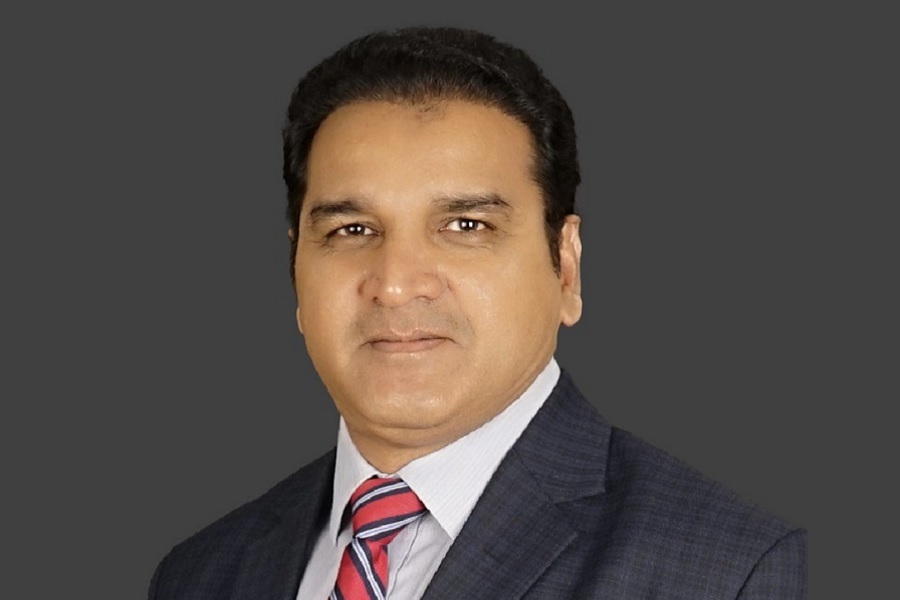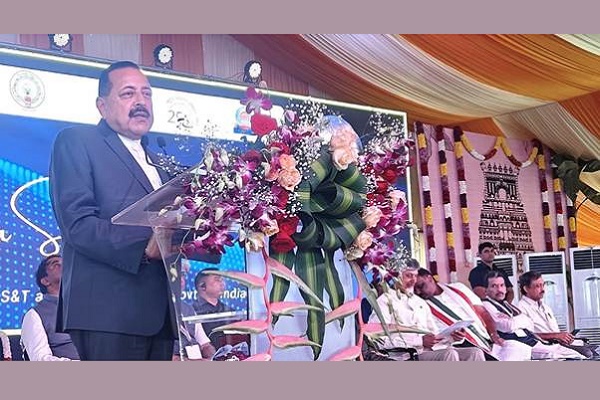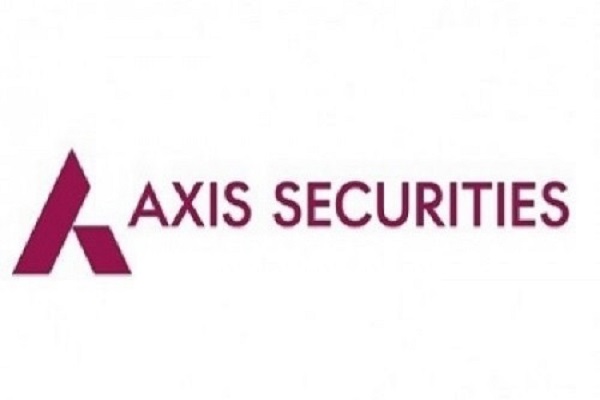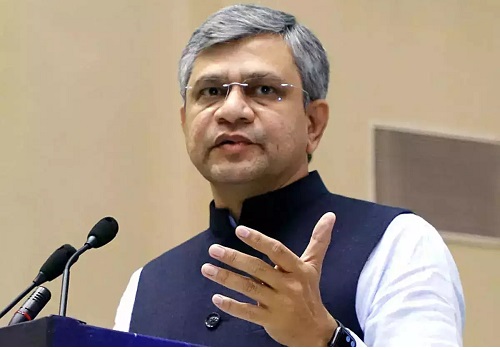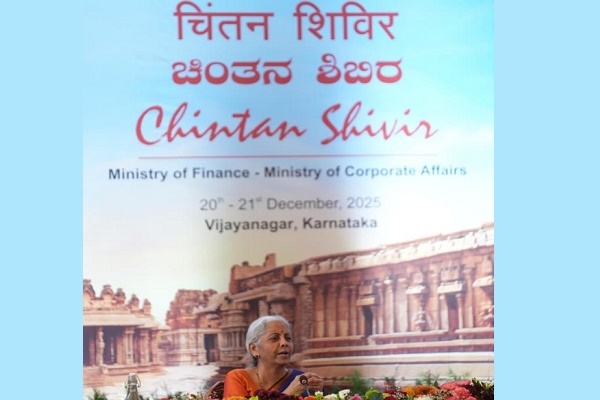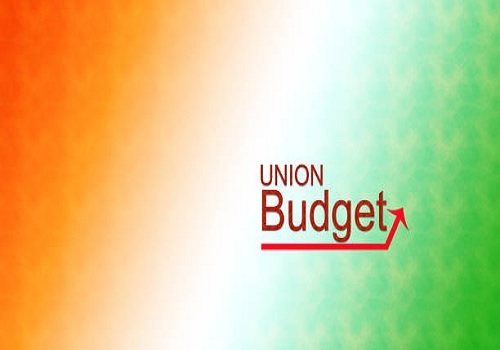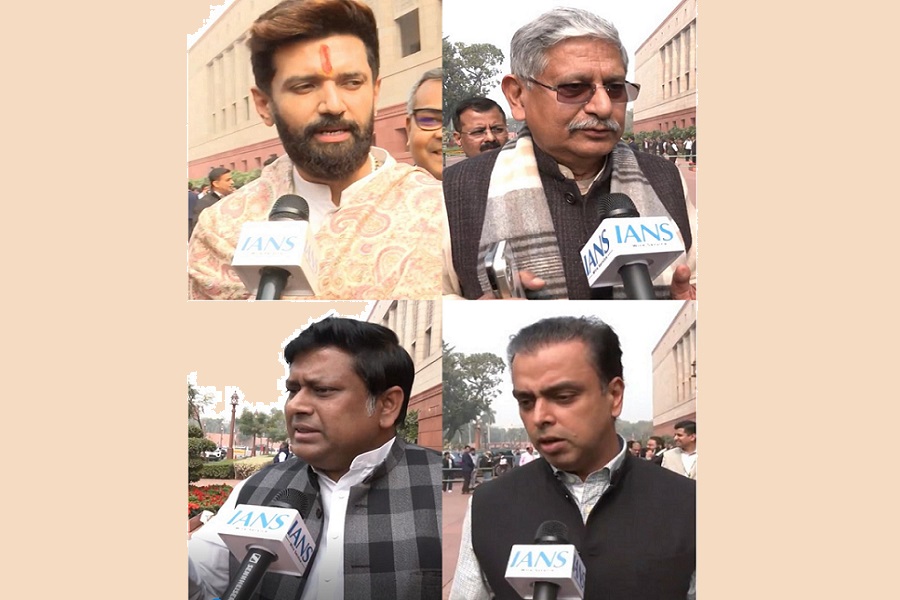Union Budget 2025: Middle Class to Benefit from New Tax Slabs Under the New Tax Regime

Finance Minister Nirmala Sitharaman introduced revised tax slabs under the new tax regime in the Union Budget 2025. The aim of these changes is to reduce the tax burden on middle-income groups, ensuring more disposable income for individuals. This initiative will help the middle class manage inflation and meet increasing financial needs. The new system provides gradual reductions in tax rates across various income ranges, making it easier for taxpayers to navigate their financial obligations.
Key Highlights of the New Tax Slabs:
1. Rs 4 to 8 Lakh – 5% Tax:
The first slab under the new tax regime applies to income between Rs 4 lakh and Rs 8 lakh, with a tax rate of 5%. This is a significant relief for individuals in this income range, lowering the tax burden and providing greater financial flexibility. This change benefits working professionals, salaried employees, and small business owners, enabling them to retain more of their earnings for spending, saving, or investing.
2. Rs 8 to 12 Lakh – 10% Tax:
Income between Rs 8 lakh and Rs 12 lakh will now be taxed at 10%, offering a reduction from the previous tax system, which had higher rates for similar income levels. This move benefits professionals, especially those in sectors like education, healthcare, and services, who will have more financial space for investments or personal expenditures. The reduction is expected to encourage consumer spending, contributing to economic growth.
3. Rs 12 Lakh to Rs 16 Lakh – 15% Tax:
The next income bracket, which covers earnings between Rs 12 lakh and Rs 16 lakh, will be taxed at 15%. This change eases the burden for mid-level managers, entrepreneurs, and professionals in higher-paying jobs. The reduced tax rate provides individuals in this bracket with the opportunity to save and invest more, potentially leading to better financial planning and wealth creation.
4. Rs 16 Lakh to Rs 20 Lakh – 20% Tax:
Individuals earning between Rs 16 lakh and Rs 20 lakh will now face a 20% tax rate. This reduction provides additional relief to senior management professionals, small business owners, and individuals in other high-paying roles. The revised rate allows for more disposable income, enabling individuals to invest in their lifestyle, savings, or long-term financial goals.
5. Rs 20 Lakh to Rs 24 Lakh – 25% Tax:
For those earning between Rs 20 lakh and Rs 24 lakh, the tax rate has been reduced to 25%. This change provides a cushion for high-income earners in the middle class, promoting financial independence and encouraging savings. Professionals such as doctors, lawyers, and business owners in this bracket will benefit from this relief, enabling them to manage their finances more efficiently.
6. Above Rs 24 Lakh – 30% Tax:
The highest tax rate of 30% remains applicable to individuals earning above Rs 24 lakh, which is consistent with the previous tax regime. However, the introduction of lower tax slabs for middle-income groups ensures that most taxpayers will not be subjected to the highest rate. This tax bracket will primarily apply to high-income earners, including corporate executives, large business owners, and top professionals, who can still optimize their tax liabilities through exemptions, deductions, and investments.
Conclusion:
The revised tax slabs under the new tax regime in Budget 2025 represent a substantial relief for the middle class, offering gradual reductions in tax rates across multiple income groups. These changes are expected to improve disposable income, encourage savings and investment, and boost overall economic activity. The government’s focus on providing relief to the middle class signals a shift toward making the tax system more equitable and ensuring that a larger segment of the population benefits from the country’s economic growth.
By easing the tax burden for individuals in lower and middle-income brackets, the government is demonstrating its commitment to supporting the financial well-being of India’s vast middle-class population. This step makes the country's tax system more transparent, simplified, and aligned with the aspirations of the middle class.





